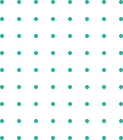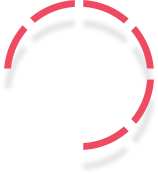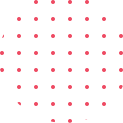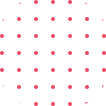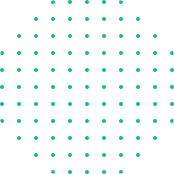Final Year Projects for computer science (cse)
Overview
The computer science and Engineering(CSE) branch of engineering and technology is a very popular field of study today, most of them would prefer to study this branch due to huge employment opportunities in the IT industry.
Computer science is that branch of science, that deals with the study of various programming languages, databases, hardware systems, data analytics, application development in various domains, internet and web applications, cloud architecture, interfacing with computer hardware, etc...
Final year computer science students can choose to work on a wide range of projects in any of the programming languages like C, C++, JAVA, PYTHON, and DOTNET by using any one of the database management like SQL.
The project is usually mentored and guided by a faculty member and projects are carried out in groups of two or three students. The main objective of final year projects for computer science is to allow students to apply the knowledge and skills they have acquired during their years of studies to real-world problems.
How Does the Final Year Project in CSE Impact Your Career?
CSE or computer science and Engineering is one of the most popular branches of engineering in India. The demand for skilled computer science engineers is growing at a very fast pace, skills of a computer science and engineering graduate include the ability to write code, database, problem-solving approach, good communication skills, knowledge of documentation, the architecture of web, design, and analysis of algorithms, development of mobile and web-based apps and AI, machine and deep learning.
With a complete end-to-end project, by focusing on developing skills needed for the industry you would be able to impress almost any recruiter, which in turn you increase your chances of getting selected for your dream job.
Types of technologies in Computer Science(CSE final year projects)
-
Block chain Projects
-
Network security Projects
-
IOT Projects
-
Image processing Projects
-
Big data Projects
-
Cloud computing Project s
-
Data mining Projects
How to choose a final-year computer science project?
Choosing a final-year project will play a major decision for the students as it will be the turning point to their careers Here are is a few points that may help to choose your suitable final-year project:
Your projects should be the gateway for career development it is better to choose a domain that you are interested in pursuing and should be something that you are excited to work on.
Better to Talk to your professors and industry professionals that they may have some great ideas for projects.
before you get started do some research, and feasibility study so that your journey of project development will be smooth and successful.
Top 10 Computer Science Projects for engineering students.(CSE)
1) Machine Learning approach for musical therapy using facial expressions
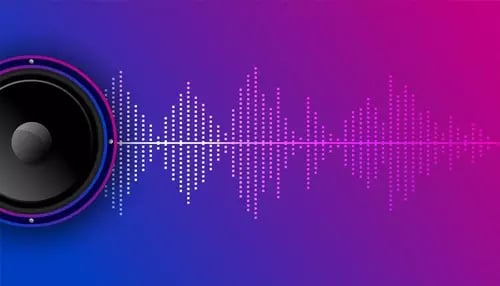
In this project we detect all different types of emotions, it is quite natural that human emotions have a direct relationship with a particular music genre. By looking at facial expressions we can gauge if a person is feeling happy, sad, angry, scared, depressed, or tender. Humans' emotions can be altered by music, which may also have an impact on their mood and health.
Research has proved that we can cure some illnesses using music therapy, in this project we have designed an intelligent system that organises a music collection based on the genres each song conveys and then recommends a well-suited music playlist to the psychiatrist for the patients based on their facial expressions is created by the combination of musical therapy and facial emotion detection.
The picture is put through facial recognition and emotion recognition.the patients' techniques. The tunes that go with The greatest playlist for this emotion is then suggested. results in calming and relaxing patients.
2. Dynamic traffic management system based on IoT and image processing
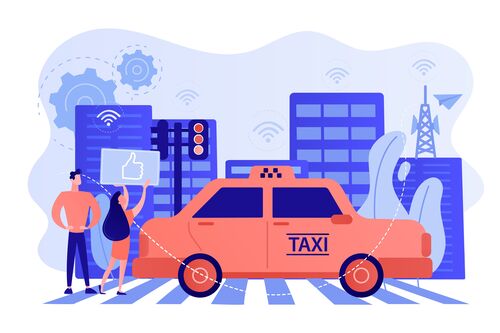
Traffic management has become a major issue in most of metro cities due to the growth of population and increase in the number of vehicles on the road. The manual system is cumbersome and ineffective. In this project, we have used an adaptive traffic control system by using image processing and the Internet of Things (IoT).
In this system we have used image processing to examine real-time data and cameras are deployed to continuously monitor the various lanes, with an image processing algorithm to find and count the number of vehicles in each lane that has been sent to the central processing unit.
waiting time has been calculated using the algorithm based on the number of vehicles which further improves the traffic flow efficiency by decreasing the average waiting time. The technology is also effective in emergency scenarios and lessens pollution from CO2 emissions, making it an Internet of Things-based adaptive traffic management system (IoT).
3. ML Project-Classification of Cancerous Profiles
There are multiple factors to treat cancer of options available for cancer treatment. The type of treatment recommended for an individual is influenced by various factors such as cancer type, the severity of cancer (stage) and most important the genetic heterogeneity. In such a complex environment, the targeted drug treatments are likely to be irresponsive or respond differently.
To study anticancer drug response, we need to understand cancerous profiles. These cancerous profiles carry information that can reveal the underlying factors responsible for cancer growth. Hence, there is need to analyze cancer data for predicting optimal treatment options.
Analysis of such profiles can help to predict and discover potential drug targets and drugs. In this paper the main aim is to provide machine learning based classification technique for cancerous profiles.
4. Machine learning project in computer vision technique for the viability of quantifying the treatment for stroke patients a deep neural network approach
Training in limb recuperation speeds up the retrieval process and enhances the quality of life for stroke patients with hemiparalysis. Both doctors and patients must be aware of the patient's progress in recuperation.
The computer vision method, which can identify a patient's training action, movement trajectory, and activity status, can be used to monitor recuperation more precisely and effectively than wearable sensors or deep cameras. In the clinic, it is difficult to quantify the dynamic change of different training sessions to assess the progress of the recuperation, with the exception of static measures of real-time behaviour.
In this case study, we suggested a computational method to compare the upper limb's motion change. The upper limb joint points were first identified using Open Pose to pre-process the video data, and the positions of each joint point were then specified using Cartesian coordinates. Second, in order to determine the recuperation progress, we computed the similarity of the limb's lift angle and time in various training periods using the dynamic time warping algorithm.
The outcomes demonstrate that our approach can measure data and analyse the effectiveness of rehabilitative actions using a basic camera, which has a great potential for future diagnosis.
5. ML- System for Detecting Sitting Posture Based on the Keras Framework
A real-time sitting posture detection system based on deep learning is developed with a low-power embedded real-time sitting posture detection system in mind. A tiny pressure sensor is used in the system to measure the human body's sitting posture pressure. The system then collects and analyses data on human body pressure in various sitting positions and creates an analytical model using the Keras framework.
By sending the data and model model onto the STM32 using cubemax to provide real-time data collecting, processing, and sitting position identification. Finally, the MQTT protocol, which enables the real-time detection and classification of the sitting position and provides the appropriate sitting posture correction cues, and finally by establishing communication between the STM32 and any software application to visualize the data.
6. AI and ML Based -Age and Gender Prediction Using Deep Convolutional Neural Networks
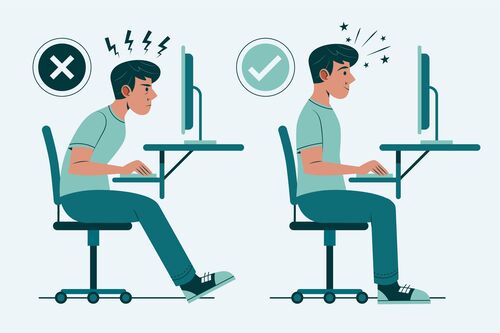
Gender and age recognition are regarded as critical components of any security, network, or care system. These are commonly used in the case of age-specific content access for children. It is the most efficient method for social media to deliver layered ads while also promoting its reach. When it comes to face recognition, it has indeed advanced to the point where we need to map it in order to achieve the best results.
Deep CNN is used in this paper to improve gender and age prediction from significant outcomes that can be obtained. Significant results can be seen for various tasks such as face recognition. A simple convolutional network architecture is commonly proposed to make a significant improvement in this area.
7. ML &AI -Cascade Convolution Neural Networks and Genetically Optimized Classifiers for Computer-Aided Segmentation of Liver Lesions in CT Scans
Abdominal CT scans are one of the most widely researched and studied subjects by today's medical professionals. CT scans are extremely effective at detecting abnormal liver function in humans. The primary step that many radiologists use to detect the structure and abnormalities of the liver is computer-aided automatic segmentation.
In this paper, we described deep learning techniques that are most effective for extracting the liver from an abdominal CT scan and then segmenting the lesions from a tumor-ridden liver. Once GA-ANN detects tumours in the liver, a cascade model of convolutional neural networks is the best to use for segmenting lesions.
8. AI/ML based-What to play next? An RNN-based music recommendation system
The rapid development of music recommendation systems has become a significant problem in the modern day, mostly as a result of the increased use of machine learning techniques and the consumption of higher quality digital songs. Collaborator filtering and other classic methods are employed more frequently in music recommendation algorithms. It aided the system in providing listeners with a full range of music. The collaborative filter is recognized to have some restrictions on producing better results and ignores elements like genre and lyrics.
The algorithm used in this paper to calculate the degree of similarity between different songs is a much improved deep neural network algorithm. The suggested approach can fully enable the possibility of producing specific recommendations in a wide system for making a thorough comparison by comprehending the substance of songs. Here, we intend to employ a recurrent neural network-based end-model to predict possible music for customers. In order to demonstrate how the Million Song Dataset surpasses many standard methodologies, we will conduct thorough evaluations and experiments on its premise.
9. Python based-An Approach to Maintain Attendance using Image Processing Techniques

These days, more and more research is being done on the development of novel strategies. Face recognition is one of the most popular applications of image processing. To take attendance, numerous cutting-edge devices have been developed. Biometric, thumbprints, access cards, and fingerprints are a few popular ones.
The approach suggested in this study uses face detection and face recognition to track attendance using images. Face detection, labeling the observed faces, training a classifier using the labeled dataset, and face recognition are the four phases that make up the suggested method.
Both positive and negative photographs were used to build the database. To identify the faces in a classroom, the entire database has been split into training and testing sets and then processed by a classifier. The last stage is to use face recognition to take the attendance.
10. Speed Detection Camera System Using Image Processing Techniques On Video Streams
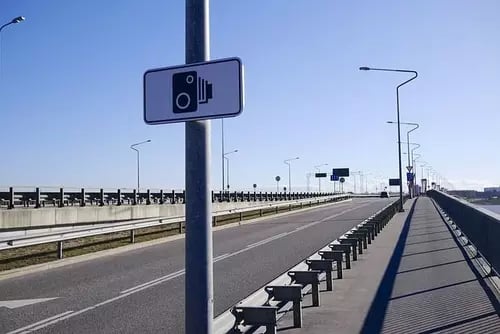
This paper talks about a new Speed Detection Camera System (SDCS) that can be used instead of radar. SDCS uses several image processing techniques on video streams that are either online (captured by a single camera) or offline. This lets SDCS figure out how fast moving objects are going without the problems that plague traditional radars. SDCS is a cheaper alternative to traditional radar that works just as well or better.
The SDCS process can be broken up into four steps. The first step is called the "Objects detection phase." Which uses a hybrid algorithm that combines an adaptive background subtraction technique with a three-frame differencing algorithm to fix the main problem with using only adaptive background subtraction? The second step is "Tracking Objects," which is made up of three steps: "Object Segmentation," "Object Labeling," and "Object Canter Extraction."
Objects tracking operation takes into account the different ways an object could move, such as simple tracking, object has left the scene, object has entered the scene, object crosses another object, and object leaves and another one enters the scene. The third step is to figure out how fast the object is moving.
This is done by counting how many frames it takes for the object to pass by the scene. The last phase is called "Capturing Object's Picture," and it takes a picture of things that go too fast. SDCS has been used and tested in a number of experiments, and it has been shown to work well.
Conclusion
The above list top 10 computer science projects you will get only overview,you can download pdf for more projects. Working on these projects will help you get ready for a career in the lucrative fields of computer science and IT, or at the very least give you a good idea of how good you are in those fields.
What matters is that you learn something from them, which you will for sure if you work hard on these computer science projects. If that's done, then this post has accomplished what it set out to do. Computer science is a tricky field of study that draws on many different fields. In addition to programming, web development, networking, etc., good math skills are also needed to do well in computer science.
Frequently Asked Questions
1) How to Select a CSE Final Year Project Definition
Ideas for Computer Science projects include designing and developing a variety of application-based software products and solutions. Students can learn about web development, artificial intelligence/machine learning, image processing, commercial applications, cloud apps, cyber security, mobile apps, and so on.
2) What is the definition of Computer Science Engineering?
Programming, operating system architecture, computer architecture, application development, web and Internet features, design, analysis, database, system, and theory are all part of the Computer Science and Engineering (CSE) graduation programme.
3) How do I select a computer science projects for final year?
These computer science project ideas should help you gain good hands-on programming skills that will help you succeed in your career as a software developer or engineer. Final year computer science projects will boost your profile and allow you to advance up the career ladder.
4) How should you include projects on your resume?
Working on a specific domain allows you to target enterprises that are looking for such skills; relevant projects not only improve your practical knowledge but also your resume. If you want to work in software development, developing real-world projects is the best way to hone your skills and turn theoretical knowledge into practical experience.
While working on a computer science project, you must also gain practical experience with new technologies and tools. The more you learn about new development tools, environments, and libraries, the greater your freedom to experiment with your projects. The more you experiment with various computer science project ideas and mini-project topics, the more you will learn.
Get Project Hands-on Experience with Source Code
- Cost: ₹ 5000 - ₹ 12000
- Total Slot: 100
- Booked Slot: 88
